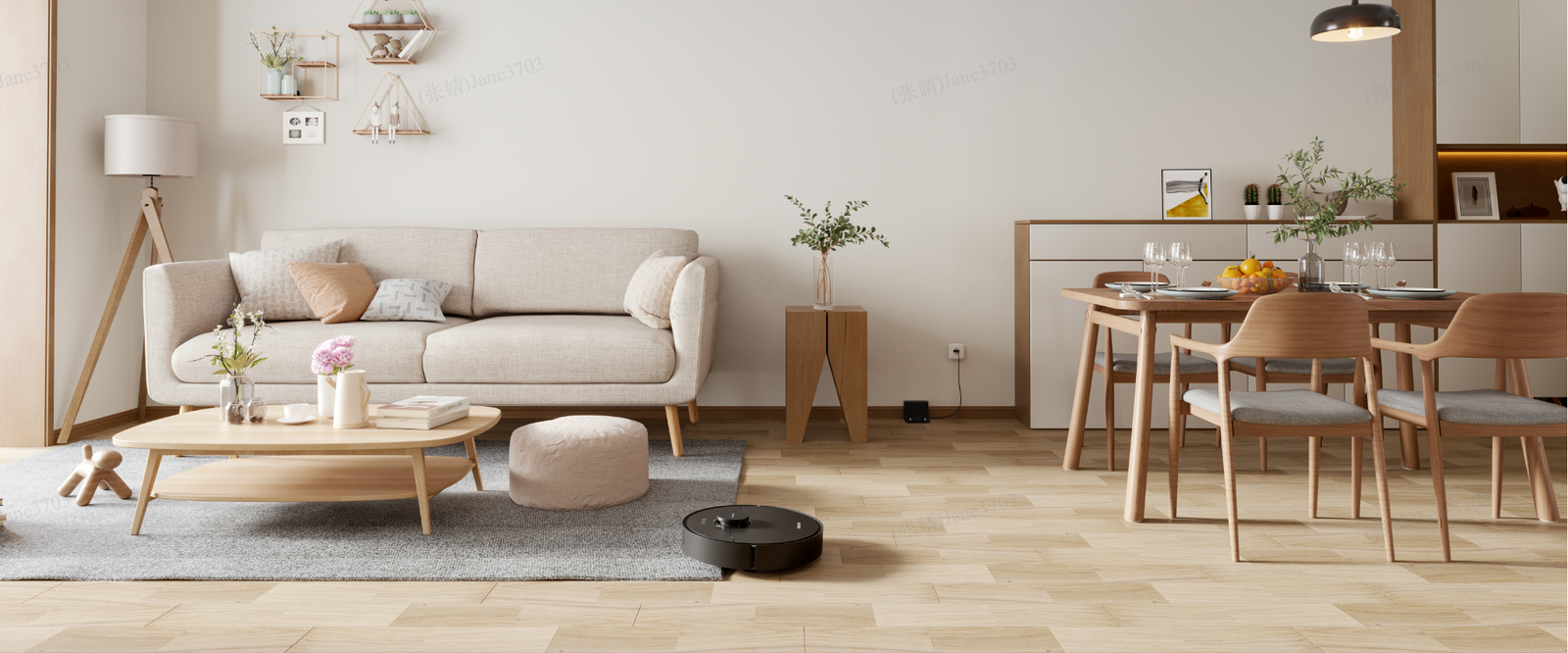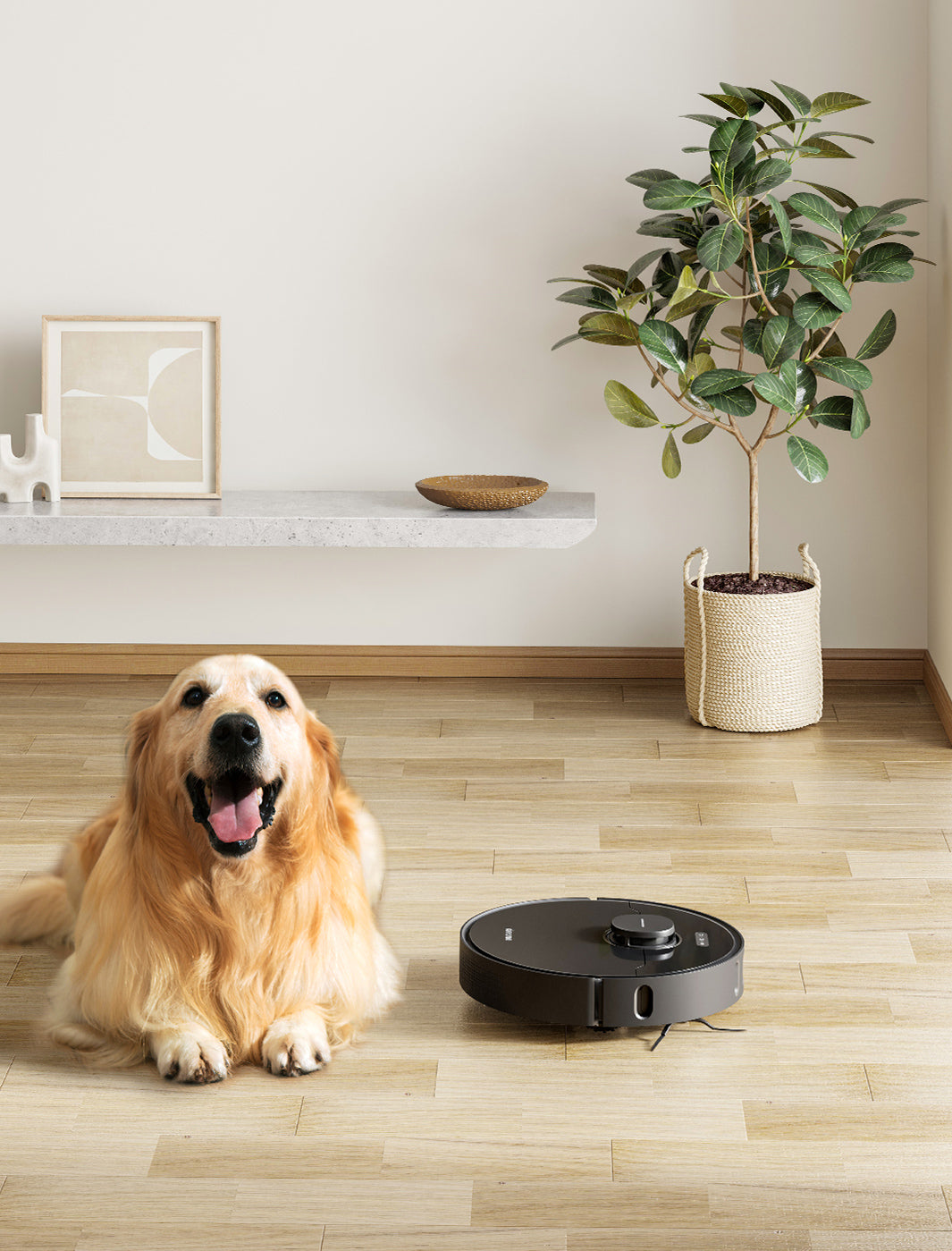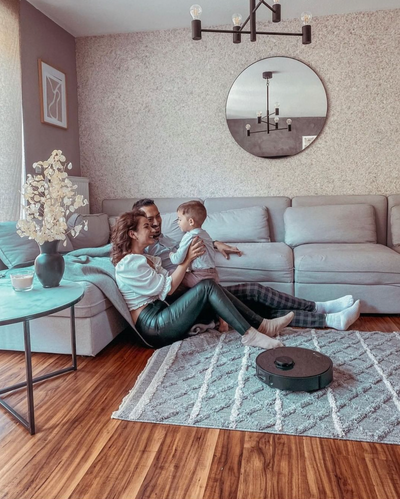AirStyle Pro: un cambio revolucionario para el cabello
Yuyao Z|
Si no paras, pero aun así quieres un cabello con calidad profesional, el AirStyle Pro, que se lanzará el 11 de febrero de 2025, se convertirá en tu nuevo aliado. Esta revolucionaria herramienta de moldeado es perfecta para las personas ocupadas que no quieren sacrificar su estilo, ya que ofrece rizos perfectos y duraderos y un moldeado sin esfuerzo desde la comodidad de casa.
Ahora, no es necesario tener varias herramientas para conseguir un estilo elegante, eficiente y eficaz. El AirStyle Pro puede satisfacer todas tus necesidades de moldeado gracias a sus versátiles accesorios. Descubre por qué el AirStyle Pro tiene que formar parte de tu arsenal de herramientas de belleza.
Características principales del AirStyle Pro
El AirStyle Pro es una herramienta versátil que se adapta a un estilo de vida ajetreado sin comprometer la salud del cabello.
Entre sus características principales destaca la capacidad para conseguir rizos duraderos con dos cilindros con autoenrollado multidireccionales de 32 mm, lo que garantiza rizos uniformes en todo momento. Este rizador de pelo cuenta con varios ajustes para conseguir rizos flexibles y voluminosos u ondas sueltas e informales, lo que mejor se adapte a tu estilo diario.
El AirStyle Pro también cuenta con un secador de pelo con tecnología de secado rápido para cuando acabas de salir de la ducha. Cuenta con un impresionante motor de 110.000 rpm y un volumen de aire de 55 m/s, que proporciona un flujo de aire de alta velocidad para un secado y moldeado ultrarrápidos. Su sensor NTC de 300 t/s regula automáticamente la temperatura para evitar daños por calor y mantener tus mechones lisos y brillantes. A continuación, la función de chorro de aire frío con una sola pulsación fija tu look para culminar tu rutina de peinado.
Con un poco más de tiempo, puedes llevar tu rutina de peinado al siguiente nivel con la colección de accesorios versátiles de AirStyle Pro:
● Cepillo redondo para dar volumen: perfecto para dar volumen al cabello y conseguir estilos con mucha textura y sin enredos
● Cepillo de alisado suave: proporciona un acabado elegante y pulido
● Cepillo de alisado duro: para suavizar el encrespamiento y mantener los mechones bien definidos
● Accesorio para pelo rebelde: para domar el cabello rebelde y garantizar un acabado perfecto
Si bien el AirStyle Pro es ideal para todos aquellos que busquen un acabado profesional, también es la mejor opción si buscas versatilidad, valoras la salud de tu cabello y tienes poco tiempo.
Tecnología avanzada
Dreame ha diseñado el AirStyle Pro teniendo en cuenta la salud del cabello, por eso lo ha equipado con una protección térmica avanzada. El sensor NTC de 300 t/s mantiene una temperatura estable y evita que el cabello sufra quemaduras.
También cuenta con controles avanzados de flujo de aire y volumen para regular aún más la temperatura y evitar el sobrecalentamiento. La función de chorro de aire frío con una pulsación emite aire frío para marcar los rizos y conseguir un acabado suave. Solo tienes que mantener la herramienta inmóvil de cinco a diez segundos para fijar el peinado.
Diseño y usabilidad
Para ser una herramienta muy avanzada, el AirStyle Pro es fácil de usar. Maximiza la eficacia del moldeado al canalizar el aire a 55 m/s y dirigir el flujo de aire con precisión hacia el cabello para eliminar la humedad de forma rápida y uniforme. Además de acelerar el proceso, también ayuda a los usuarios a conseguir un cabello suave y brillante.
El AirStyle Pro, que se ha diseñado para que sea muy cómodo, cuenta con un dispositivo magnético de encaje a presión, lo que permite a los usuarios cambiar los accesorios rápidamente sin muchas interrupciones. El cable de alimentación antienredos de 360 grados del AirStyle Pro proporciona una flexibilidad total a la hora de moldear el cabello, lo que permite a los usuarios moverse libremente. El ángulo de inclinación de 37 grados también reduce el contacto con la mano, lo que permite que los cambios de dirección y maniobras sean ágiles.
En última instancia, el AirStyle Pro ofrece un rendimiento y un aspecto atractivos, con un diseño con textura de cuero para dar un toque de elegancia a su estética moderna y de gama alta. El acabado de cuero también proporciona un agarre cómodo para las sesiones de moldeado más largas. Para mantenerlo organizado, puedes guardar fácilmente el AirStyle Pro en su embalaje original.
La malla interior de acero inoxidable del AirStyle Pro también ayuda a filtrar las partículas de cabello fino, evitando que el dispositivo se obstruya, se queme o funcione de manera incorrecta. El filtro también garantiza que solo entre aire limpio en el cilindro durante el moldeado.
Conclusión
El AirStyle Pro no es una herramienta de moldeado común y corriente, sino que es un punto de inflexión. Sus características de vanguardia, como el diseño avanzado de flujo de aire y los mecanismos de protección térmica, facilitan el peinado y su uso.
Tanto si buscas rizos perfectos como acabados suaves, más volumen o algo más atrevido, el AirStyle Pro ofrece resultados de calidad profesional en la comodidad de tu hogar.
El AirStyle Pro, que saldrá a la venta el 11 de febrero de 2025, es tu billete para disfrutar de un estilo profesional sin tener que renunciar a nada. Combina estética y funcionalidad para que puedas dar forma a tu cabello con confianza. Reserva tu dispositivo hoy mismo para llevar tu cabello al siguiente nivel.














































